In my last post, I wrote that efficient urban sustainability policy should be inclusive, in the sense that it should address sustainability in an area large enough to encompass urban centers, but suburban, periurban and dependent rural, or natural places. I called for planners to abandon the “false dichotomy between urban and rural areas,” and replace it by a rural-urban continuum.
Among the comments received, there was this one from Darien Simon. She mentioned that sooner or later there will be—there already is—an intense competition between land required for non-residential uses, and cities growth. And she wrote: “The limit will be reached in the finite system unless one or more of the system conditions themselves are somehow transformed…Perhaps our best approach is to focus first on trying to learn from previous incidents, and then apply those lessons with due caution and precaution as we move toward greater sustainability across the entire urban-rural, human-environment system.” Well, it sure makes a lot of sense, but how to do that concretely?
I started thinking: is there already some type of urban arrangement addressing the urban-rural continuum—it does not necessarily result from “incidents”—that, if generalized, would deeply transform urban systems conditions while contributing to a more sustainable future? Yes, there is one, and its name is urban agriculture. Urban agriculture defines a spatial pattern that goes far beyond the urban-rural continuum. It postulates that some type of agriculture can flourish within the city, in addition to the existence of an urban-rural gradient of the whole urban area. It considers that urban multifunctionality should also include farming.
But well, as usual, things are not that simple in the wonderful world of sustainability planning. Urban agriculture is both an oxymoronic and elusive term. What do we call urban agriculture? Are community gardens parts of urban agriculture or not, for example? A TNOC roundtable April 2014— The sky is the limit for urban agriculture. Or is it?—showed strong differences of opinion on this issue. When Mary Rowe boldly declares, “community gardens and urban agriculture are not the same thing”, Lindsay Campbell completes and nuances: “Community gardening and urban agriculture are not synonymous. Although community gardens can be important agricultural sites, certainly not all gardens focus on food.”
Which calls for another question: what are the differences between urban and non-urban agriculture? Well, urban agriculture is not only about food and landscapes, and urban agriculture production can certainly not be sufficient to feed a whole urban area, anyway. As Gareth Haysom puts it in the same roundtable: “Universal calls for urban agriculture “as the solution to the urban food challenge” obscure deep systemic issues within the wider urban food system.” The question then becomes: what specific services may urban agriculture bring to a city and what nuisances and unexpected consequences may result? An important though too often dodged issue. Eventually, it is not so evident that urban agriculture can turn an urban area sustainable by itself.
Indeed, urban agriculture is not such a fresh idea. Moreover it is certainly not an offspring of sustainable development. Urban agriculture has existed for centuries in very different places around the world, such as the chinampas in Tenochtitlan (the actual Mexico City) since the 15th century or sooner, the hortillonnages in Amiens (a French city north of Paris) for more than twenty centuries, or the interstitial gardens (agriculture d’interstice) of Yaoundé, Cameroon’s capital, which accompanied the foundation of the city in the 19th century.
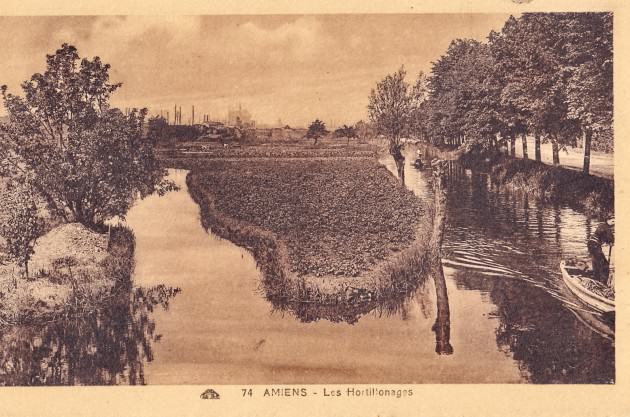
Throughout the 20th century, architects and planners forged tight though ambiguous links between the farming world and the urban world, based on the notions of landscape and quality of life in Europe and Northern America. One of the pioneers certainly was Frederick Law Olmsted—the landscape architect of Central Park in Manhattan and Mont Royal in Montreal—who introduced the idea that landscape can foster social change and individual development, while creating economic opportunities. The emergence of the landscape as a central concern in urban planning, paved the way to the advent of urban agriculture. Ebenezer Howard included kitchen gardens within its Garden City, which was in addition surrounded by family farming, as he explained in his book Garden Cities of Tomorrow. Even Le Corbusier—who didn’t generalized this approach later—tried to couple landscape with agriculture in the Cité Radieuse where he intended, as an experiment, to assign a determined acreage of orchards, fields and kitchen gardens to his collective housing (Le Corbusier, 1929). From 1950s to 1990s both planners, policy-makers and more generally city-dwellers were losing interest in urban agriculture, although Guerilla Gardening activism—a form of direct action that consists in creating kitchen gardens in abandoned land or land perceived to be neglected by its legal owner—occurred sporadically in the 1970s (Reynolds, 2008). The 1980s were characterized by the creation of large-scale urban parks, in the context of urban policies promoting open and green areas in the city seen essentially as recreational facilities. There was no more any interest in gardening, farming of food production.
But times were changing in the 1990s, as Michael Hough devoted an entire chapter of his book Cities and Natural Process: A Basis for Sustainability to “City Farming”, in 1995. Since then, there has been a growing proliferation of projects promoting urban farming architectures, such as Agritecture, or Tree-Like Skyscrapers and Vertical Farming—cultivating plants or breeding animals within tall greenhouse buildings or vertically inclined surfaces—developed by Dickson Despommier. At the same time, urban rooftop farms are epitomized by the mainstream medias as the paragon of urban agriculture.
Well, at the risk of being a wet blanket, I would like to recall that a single cow needs more than 3.70 acres of grassland in its life. There is obviously a huge discrepancy between the dream and the reality. Even Michael Pollan—the well-known guru of local self-sufficient farming—admits in his book The Omnivore’s Dilemma: A History of Four Meals that locating food producers and consumers in a same place is very tricky, if not completely infeasible, especially in huge urban areas. This being said, the complex interactions that food production and distribution has with the urban metabolism should be considered when trying to design a sustainable and thus multifunctional urban fabric, as mentioned by Amale Andraos and Dan Wood in Above the Pavement – the Farm! : Architecture and Agriculture at Public Farm.
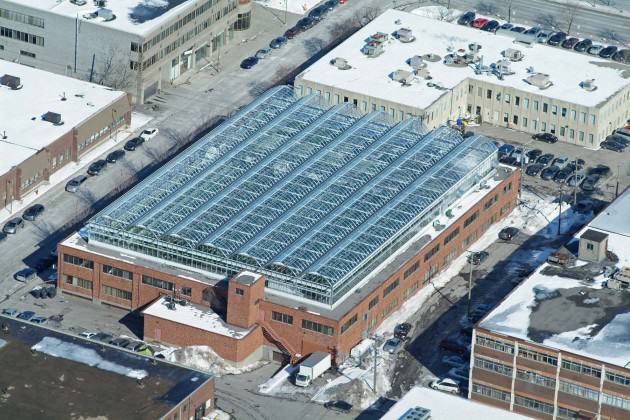
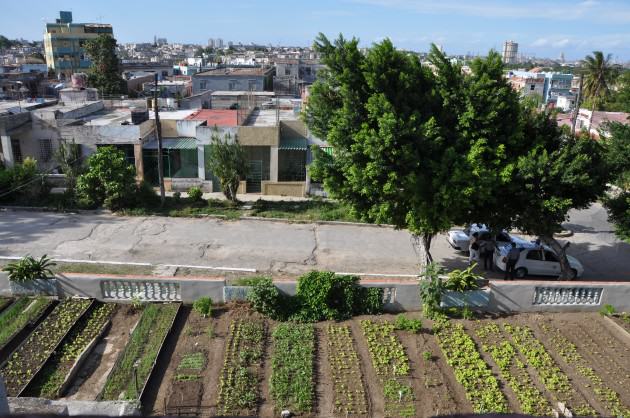
The very basic question—What do we call urban agriculture?—now takes another form, maybe easier to answer. What are the different objectives of urban agriculture? Community gardens, kitchen gardens, food farming, for example, are three different things, completely. The types of urban agriculture that exist in a city vary a lot according to the climate, the cultural background, the economic and social situation of the city, etc. In many urban areas of Central America or India, urban agriculture is essentially a food security issue, related to fight against poverty and malnutrition. Mark Redwood shows in his book, Agriculture in Urban Planning: Generating Livelihoods and Food Security, that urban farming can improve food security.
The situation is quite different in European or North American cities. There, urban agriculture is mainly seen as a social innovation that contributes to improving the quality of life, fostering social links among neighbors, and enhancing urban landscapes. It is not so much about food, really. The main expressions of this approach are community gardens and kitchen gardens. But, as mentioned by Ulf Sandström in his paper Green Infrastructure Planning in Urban Sweden, these gardens, as well as urban food farming, are often temporary—not to say ephemeral—and eventually they disappear sooner or later under the pressure of urban growth, urban densification and increased property value.
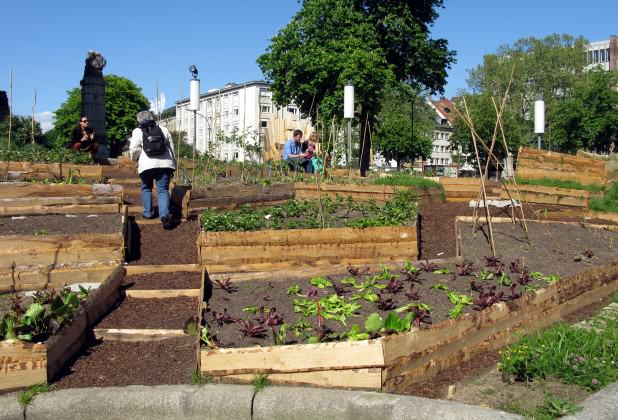
We definitely have a long way to go in including agriculture in urban planning on a permanent basis. Andre Viljoen and Joe Howe‘s proposal to create a seamless network of open green areas, connecting all the types of urban vegetated places from the very center of the city to its outskirts, and beyond to the more rural neighboring areas, would be a good start. Their Continuous Productive Urban Landscapes (CPUL) establishes productive lands as the core as a key component of urban design. It is a real breakthrough for planning. Moreover, the CPUL, which penetrates the smallest nooks and crannies of the urban areas, from the outskirts to the very center of the cities, as a capillary network, is a wonderful tool to link the different parts of the urban fabric.
Squares, parks, gardens—community gardens and kitchen gardens, as well as public gardens—and more generally all vegetated urban public spaces, are obvious components of the CPUL. But forests, wetlands, ancient wastelands and brownfields, slopes and talus, or farmlands may also be part of it. Thus, the banks of a river running through an urban area may absorb floodwaters naturally, while providing other ecosystem services, such as walking and leisure activities, and even being used seasonally as horticultural gardens as it is the case in Amiens with the hortillonnages. Besides, CPUL improves greatly the quality of the urban fabric, by linking formerly scattered vegetated places within a consistent network. Thus, urban agriculture can be cornerstone that helps reconfigure urban areas, provided that unbuilt urban open spaces are considered as permanent structures and the backbone of any urban development project and — more generally — of planning.
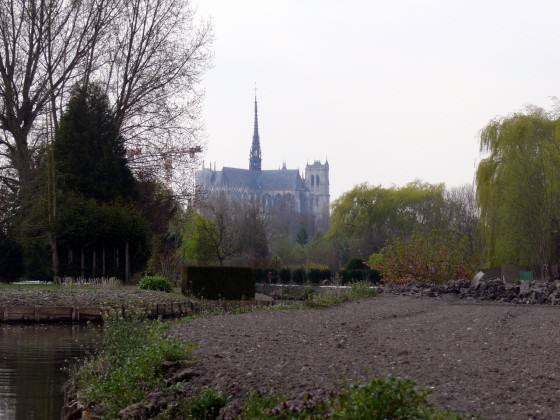
This new approach embodies in many recent actions, such as the Loutet Park Farm in Vancouver. This pilot project consists of the creation of an urban farm in an under-used portion of a public park, under the partnership of three organizations: a local authority (the City of North Vancouver), a local association (North Shore Neighborhood House), and a research center (Greenskins laboratory at the University of British Columbia). This urban farm is designed as a social enterprise to connect Vancouver inhabitants with food production, and providing them access to fresh, local produce, while addressing issues about the quality of the urban fabric and quality of life. In doing so, the Park Farm also promotes a new park typology that includes agriculture.
At the heart of urban agriculture lies the strong desire of people to connect with nature, as pointed by Tim Beatley, who developed the notion of Biophilic City. A recent paper addressing the expectations of visitors at the Parc de Bercy in Paris, showed that their three main interests in going to the park were wandering purposelessly, escaping urban pollution and getting in touch with nature. Urban agriculture, as a hybridization process between city and farming, offers many advantages compared with other expressions of nature in the city. In addition to making agro-production activity consistent with urban aspirations to connect with nature, and in addition to providing many ecosystem services, urban agriculture gives new perspectives to planners in considering the urban fabric. Designing a capillary network of production gardens within the city as the backbone of a new and more sustainable urban arrangement is probably one of the more innovative approaches—although an ancient but forgotten one—to foster urban transition to sustainability.
François Mancebo
Paris
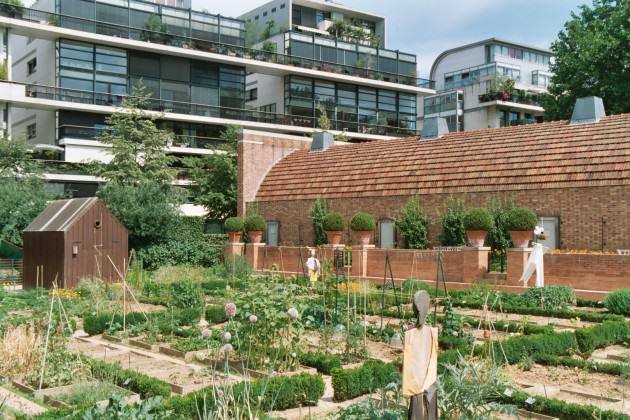
About the Writer:
Francois Mancebo
François Mancebo, PhD, Director of the IRCS and IATEUR, is professor of urban planning and sustainability at Reims University. He lives in Paris.

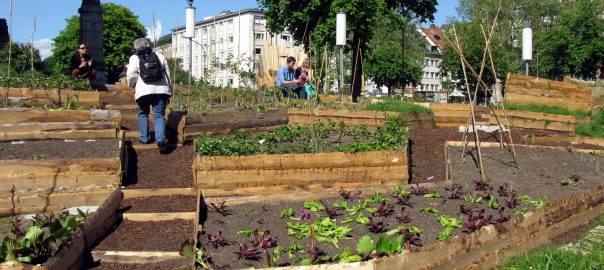


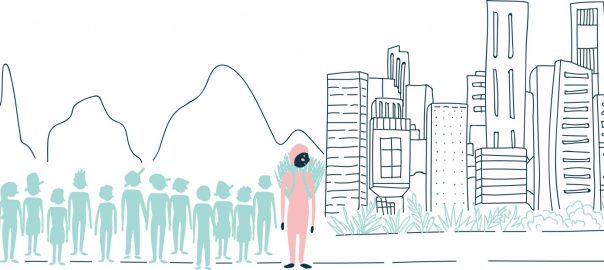
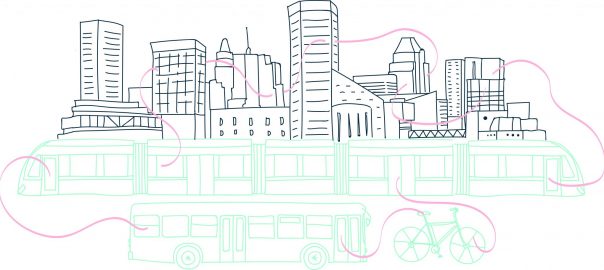

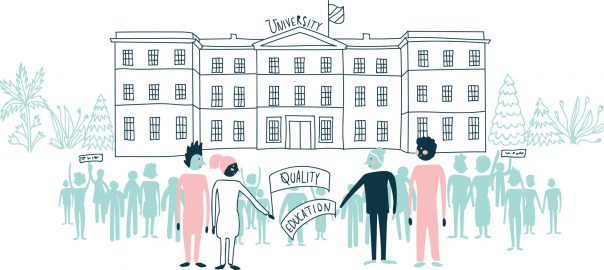
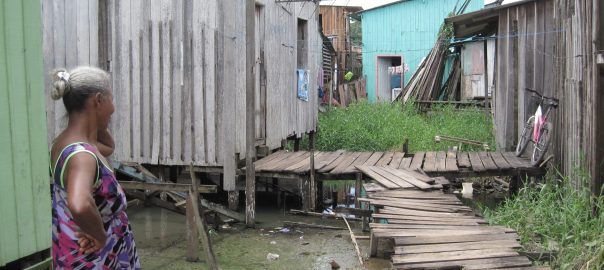
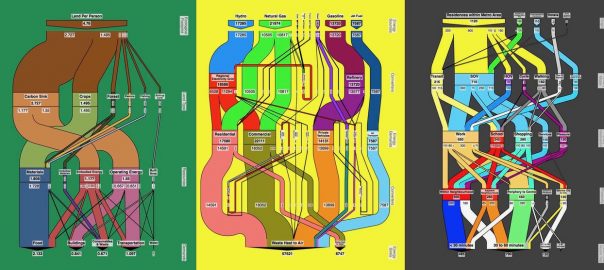
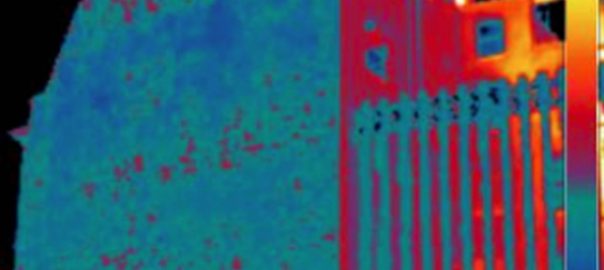
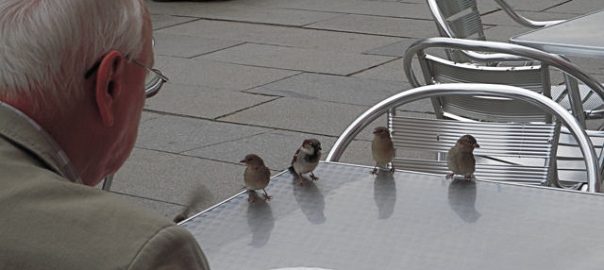
Add a Comment
Join our conversation